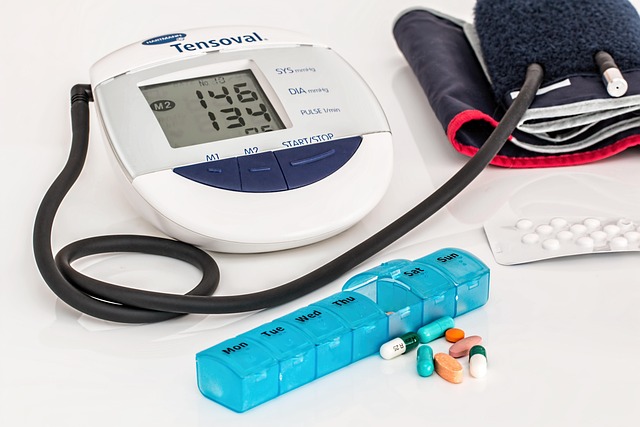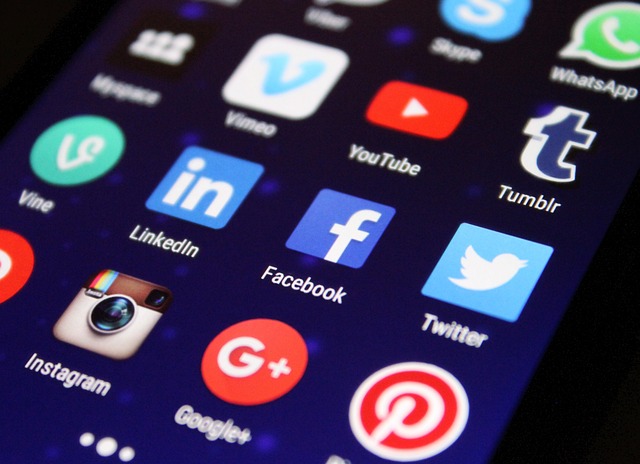Revolutionizing Healthcare Through Augmented Reality: Technological and Health Innovations
Imagine walking into a hospital where patient care is not just a series of examinations and diagnoses, but an immersive experience aided by cutting-edge technology. Augmented reality (AR) is transforming healthcare in ways that were once only imagined in science fiction. This revolutionary technology is bridging the gap between the physical and digital worlds, creating opportunities for technological and health innovations that enhance patient care and outcomes.
Technological Innovations
At the heart of augmented reality’s impact on healthcare is its ability to create interactive and visual experiences. AR technology overlays digital information onto the real-world environment, providing healthcare professionals with vital data at their fingertips. Surgeons, for instance, can wear AR glasses that display a patient’s medical information and images, such as MRI or CT scans, right in their line of sight during procedures. This seamless integration minimizes errors and enhances precision, ultimately leading to better surgical outcomes.
Furthermore, AR is also making strides in medical training and education. Medical students can practice complex procedures in a controlled environment, using AR to visualize anatomy and explore intricate biological systems without the need for cadavers. This enhances their understanding and boosts their confidence before treating real patients. With the ability to simulate various medical scenarios, future healthcare providers can be trained more effectively than ever before.
Health Innovations
But it’s not just the medical professionals benefiting from augmented reality; patients are experiencing a new realm of healthcare innovations. For example, AR applications are being developed to help patients better understand their conditions and treatment plans. By visualizing the anatomy relevant to their health issues, patients can engage more in their own care journey, enabling informed decision-making and fostering a sense of empowerment.
Additionally, AR is paving the way for rehabilitation therapies. Patients recovering from injuries can use AR platforms that guide them through exercises with real-time feedback, making rehabilitation more interactive and less monotonous. This not only improves adherence to therapy routines but also turns recovery into an engaging experience that can boost motivation.
Moreover, in the realms of mental health and cognitive therapy, AR has shown promise in creating immersive environments for therapeutic interventions. Patients struggling with anxiety or PTSD can confront their fears in a controlled virtual space, allowing for gradual exposure and coping strategies to be practiced—all within the safety of an augmented environment.
As we continue to embrace the incredible potential of augmented reality in healthcare, we stand on the brink of a new era where technology enhances not just the efficiency of medical processes, but also the quality of care and the overall patient experience. The future is bright, as augmented reality continues to unfold massive innovations that are truly revolutionizing the landscape of healthcare.




